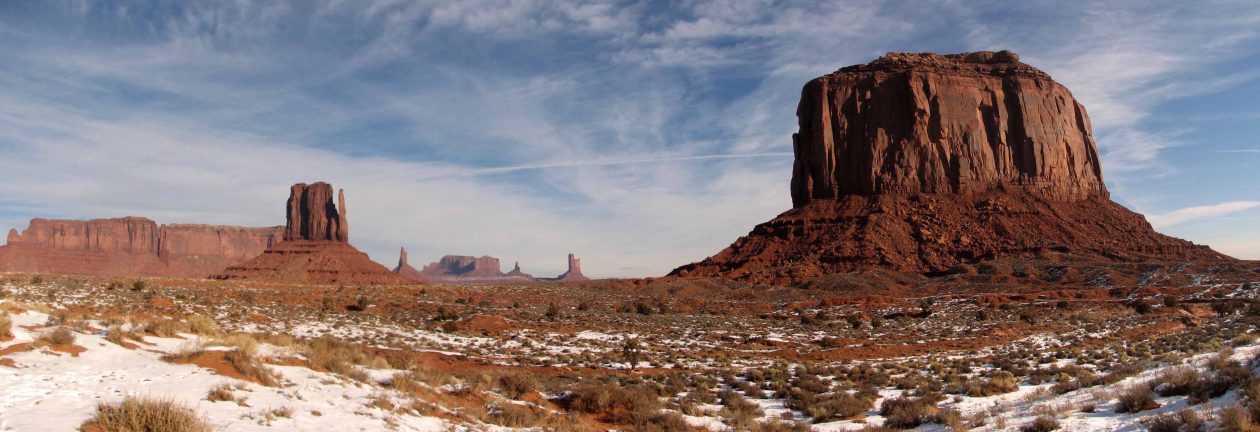Dhaka, Bangladesh
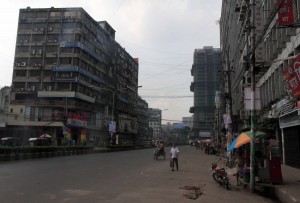
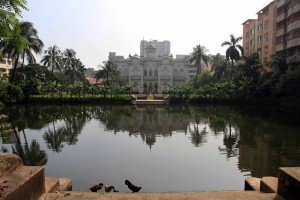
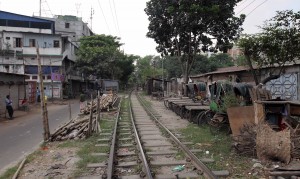
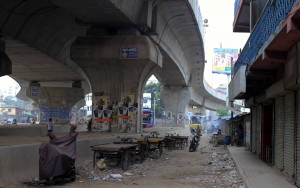
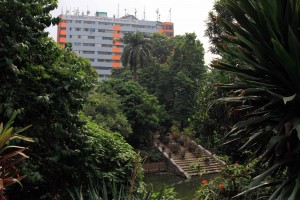
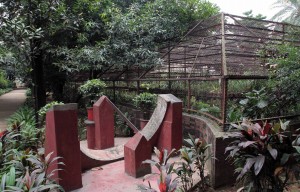
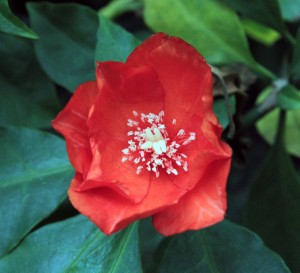
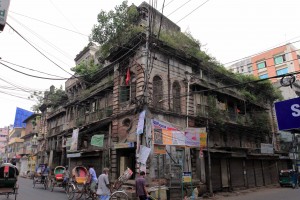
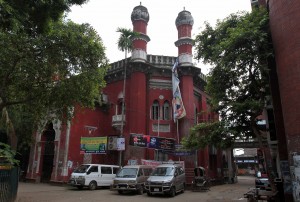
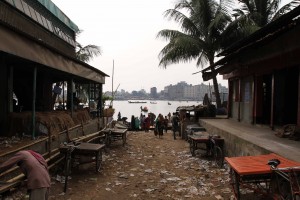
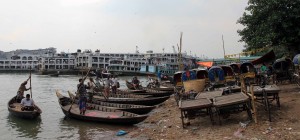
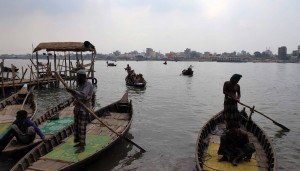
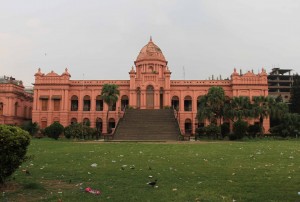
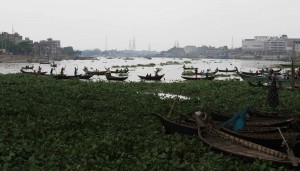
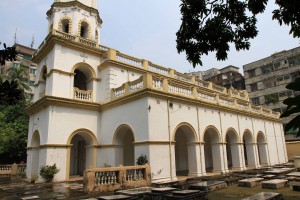
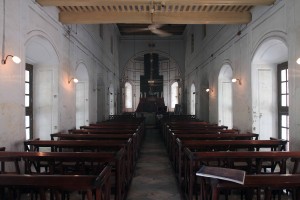
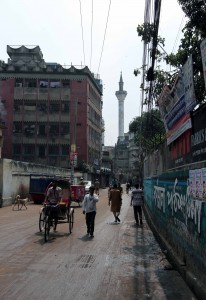
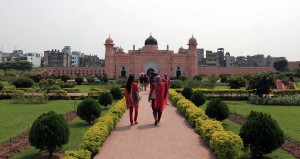
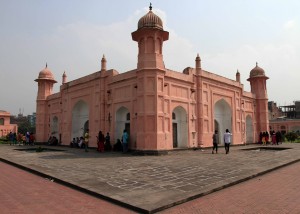
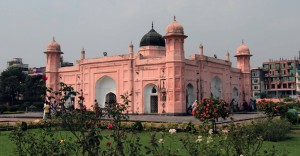
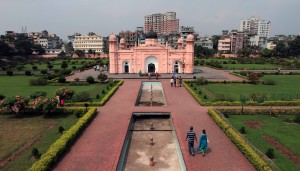
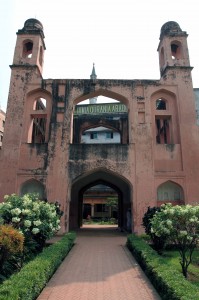
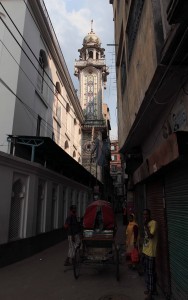
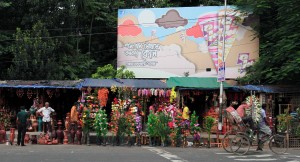
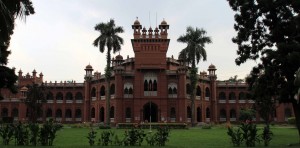
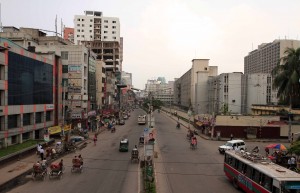
I woke up this morning and got ready to see Old Dhaka, the original part of the city with many winding streets that – unfortunately – are covered in a lot of filth like most of this city (at least the people are nice and some have that cool Bengal hair, bright orange like the coat of a Bengal tiger, which is quite a contrast to their dark skin). I first followed the roads eastward to see the Rose Garden Palace, which was built in the late nineteenth century by a Hindu zamindar (an aristocrat); the gates were close, so i could not walk in, but I was able to view the building through the west gate. I then walked to Baldha Garden, which turned out to be rather dismal; there were many plants in the garden, but they were not well maintained; also, I noticed there were a lot of loving young couples in the garden showing signs of affection (possibly more than followers of Islam should be showing in public) – I guess this is the place to go for lovers to hold hands and whisper milk and honey laced nothings in each others ears. After leaving the garden, I walked south toward the Buriganga River, stopping at Northbrook Hall (also known as “Lalkuthi”) along the way; Northbrook Hall was built in 1880 in an Indo-Saracenic Revival architectural style (Indo-Saracenic Revival combines Indo-Islamic, Indian, Gothic revival, and Neo-Classical styles). I then reached the heavily polluted Buriganga River and walked down to where many small wooden passenger boats were waiting for customers to ferry across the river; I had to decline many offers to take me across and I told them I was staying on the north part of Dhaka today. After leaving the river, I walked westward to Ahsan Manzil, another building completed in the style of Indo-Saracenic Revival architecture; Ashan Manzil was completed in 1869 and served as the official residential palace and seat of the Dhaka Nawab Family (a political dynasty in South Asia); unfortunately the palace was closed today, so I had to content myself with viewing it through the gate and fence. I then walked further west to my next stop, the Armenian Church; the church was built in 1781 back when there was a large Armenian presence in this part of the world (sent by their Persian overlords); currently, it is maintained by a Bangladeshi caretaker and mass is conducted inside on special occasions; also, Mother Teresa stayed here during a visit to Dhaka; when I reached the church, the gate was locked, but soon opened once the caretaker saw me taking pictures of the church; he then led me in and opened up the inside of the church for me to view; overall, I was surprised at the trouble he went through for one visitor. After seeing the church, I walked to Lalbagh Fort, a seventeenth century Mughal fort built by Muhammad Azam Shah; I reached the fort and paid to enter inside; in the center of the fort stands the Tomb of Bibi Pari (the daughter of Shaista Khan); there is also a three-domed mosque and a two-story building with a hammam attached to it (called “Diwan-i-Aam”); I walked around the grounds and up to the southern bastion; while walking around, I was stopped many times so that locals could take a photograph with me (just like at Sonargaon). After walking around the fort, I went back out in to the noisy, smelly streets of Dhaka and I walked northward to Dhakeshwari National Temple; along the way I was stopped by a guy on a motorcycle who was a big fan of Obama (the rest of the world gets all their information on the United States from the media, so they haven’t got a clue and completely fail to realize that Obama has basically continued everything Bush had done in addition to expanding Executive powers, increasing surveillance and drone strikes, and passing an unconstitutional health care law; also, it is worth noting, that on the first day I was in Dhaka, I met someone who told me that Obama was Muslim and born in Kenya . . . I guess it’s possible) and democracy, it was a strange encounter and he told me all about his family connections and his Twitter page. After that conversation, I walked on to Dhakeshwari National Temple, which is a state-owned Hindu temple that was built in the twelfth century; unfortunately the temple had just closed when I reached it, so I walked on, past the University of Dhaka and Ramna Park. I then walked back to the hotel and inquired about taking a bus to the city of Bogra at the reception desk; I was then directed to walk east to where Notre Dame College is located where there are many bus companies set up; so, after relaxing in my room for a while, I walked eastward to where the bus companies have there ticket shops set up (I wish I had known this earlier, since I walked right by here this morning); I checked with five different bus companies and they all told me that they do not have services to Bogra, at least not directly (I would’ve had to have gone further north, then south again along an another route); I then gave up and realized I would be spending the rest of my time in Bangladesh, here in Dhaka. On the way back to the hotel, I met a man with orange hair who sat me down and talked with me for a while; he introduced me to his brother and his brother had me talk to his son on a cell phone since his son might possibly be going to Texas A&M to study; he then invited me to dinner for tomorrow and we set up a time to meet (18:00) at this same spot; I then said “goodbye” and walked back to my room. I made it back to my hotel room and I relaxed inside for a while before eating dinner at the restaurant upstairs; for dinner I had Szechuan chow mein, fried rice, and water. I then went back to my room and watched some television. Finally, I laid down in bed and went to sleep.
